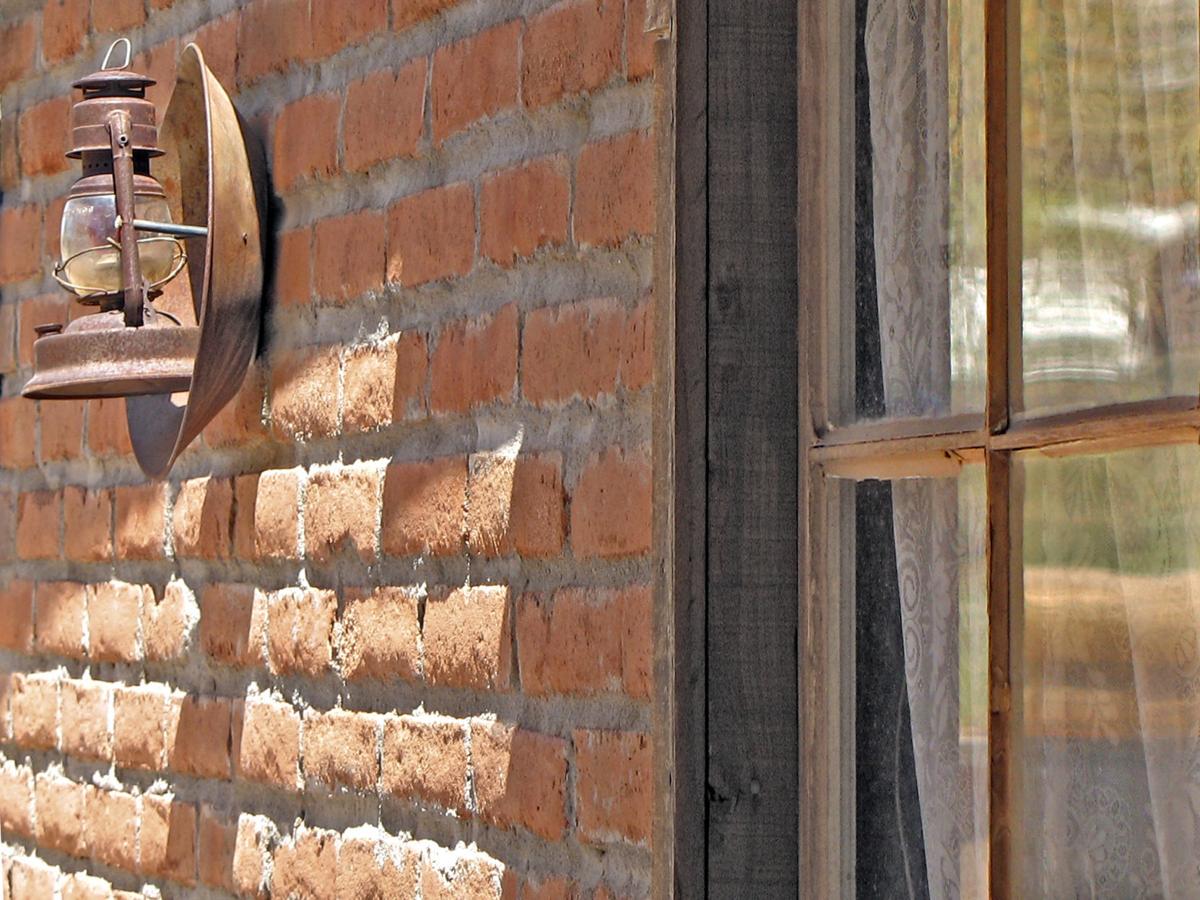QUESTION: I have a slump block home in Tucson that was built in the 1970s and has very little insulation in the walls. It gets really hot in the afternoon. By 3 p.m. in the summer, I have to go outside to cool off. Is there some kind of insulation that can be put into the walls?
ANSWER: Back then, it didn’t pay to put in a lot of insulation because electricity for cooling your house was so cheap.
Slump block walls are hollow, and when slump block homes were built, vermiculate was sometimes poured into the space between the inner and outer walls to provide some insulation.
A trained insulation professional may be able to fix the situation by vacuuming out the vermiculate and inserting foam insulation into the space.
Some vermiculate may contain asbestos, so this is not a job that you want to do yourself.
The foam insulation can make your home quieter, cooler and cleaner, and there will be fewer bugs.
Q: I’m thinking of buying a house that is being flipped. I’m wondering if someone might have done work on a home in a situation like this without getting the necessary permits.
A: If you’re buying a home that is being flipped, it can indeed be a house that was bought at a lower price then remodeled as cheaply as possible, perhaps without proper permits, and then resold. So our advice usually is that before you buy, ask for copies of all permits that might have been taken out and ask for the names of all contractors who worked on the house. That way, you won’t have any surprises once you move in.
Q: My back patio is a piece of flat concrete that was laid by the developer who built my home. Then I had another piece of concrete added to the outside edge. The concrete that was added tends to make rainwater slope down into the patio. There are also big cracks everywhere and the cracks and ridges in the patio fill up with water. What should I do?
A: The easiest way to go is to have the patio resurfaced by installing concrete overlay pavers on top of the original paving. Pick out white or light colored pavers and they’ll stay cool in summer.
Q: I have mesquite trees growing in a public alleyway just behind a masonry wall in my backyard. The trees provide beautiful shade in my yard, but they’re starting to damage the foundations of my wall. They are lifting up the footing for the wall. I’d like to trim the trees, but since they’re not on my property, I don’t know what to do.
A: You need to find out who’s in charge of the trees – possibly the city – and let them know about the damage. If you do get permission to trim the roots of the tree, they need to be smaller than the diameter of your wrist and need to be a minimum of five feet away from the trunk of the tree, in order to prevent damage to the tree. If you can trim those roots and also put a barrier in the ground to deter them from growing into your yard, you might still be able to save the wall and the trees.





